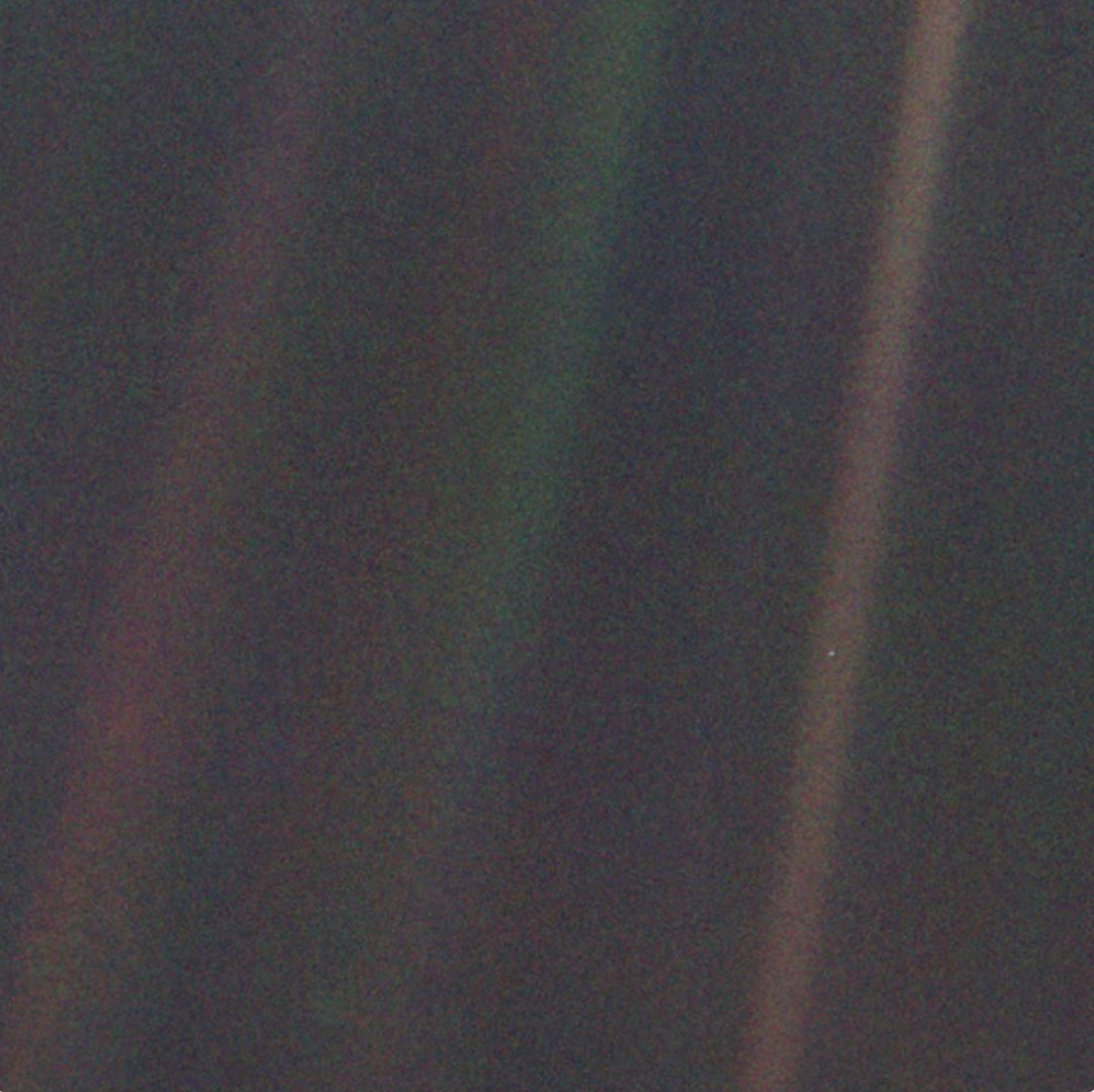
A new two-year long study done by the European Space Agency has created the most comprehensive survey of the universe ever recorded. The Gaia project has cataloged over 1.7 billion stars, 14,000 asteroids and numerous galaxies and galaxy clusters spread throughout the universe. What started out as a relatively small affair eventually exploded into a research initiative with over 450 scientists and astronomers working tirelessly to catalogue the impressive amounts of incoming data. The data was made public on April 25th of this year and will hopefully contribute to numerous discoveries in the coming years.
The initial goal of the program was to calculate the distances to numerous stars by measuring their stellar parallax (I.e. how far they move as the Earth orbits the sun). This measurement is notoriously hard to get, but thanks to the hard work of the project members, they were able to get accurate distance measurements for 10% of the stars in the catalogue. Besides measuring distance, Gaia also tracked the apparent brightness and color of almost every star that they observed. According to Fred Jansen, Gaia’s mission manager, “Scientists will be busy with this data for many years, and we are ready to be surprised by the avalanche of discoveries that will unlock the secrets of our Galaxy.”


 However, there is now a group of scientists who are wanting astrobiologists to consider seaching for viruses beyond Earth.
However, there is now a group of scientists who are wanting astrobiologists to consider seaching for viruses beyond Earth. 





